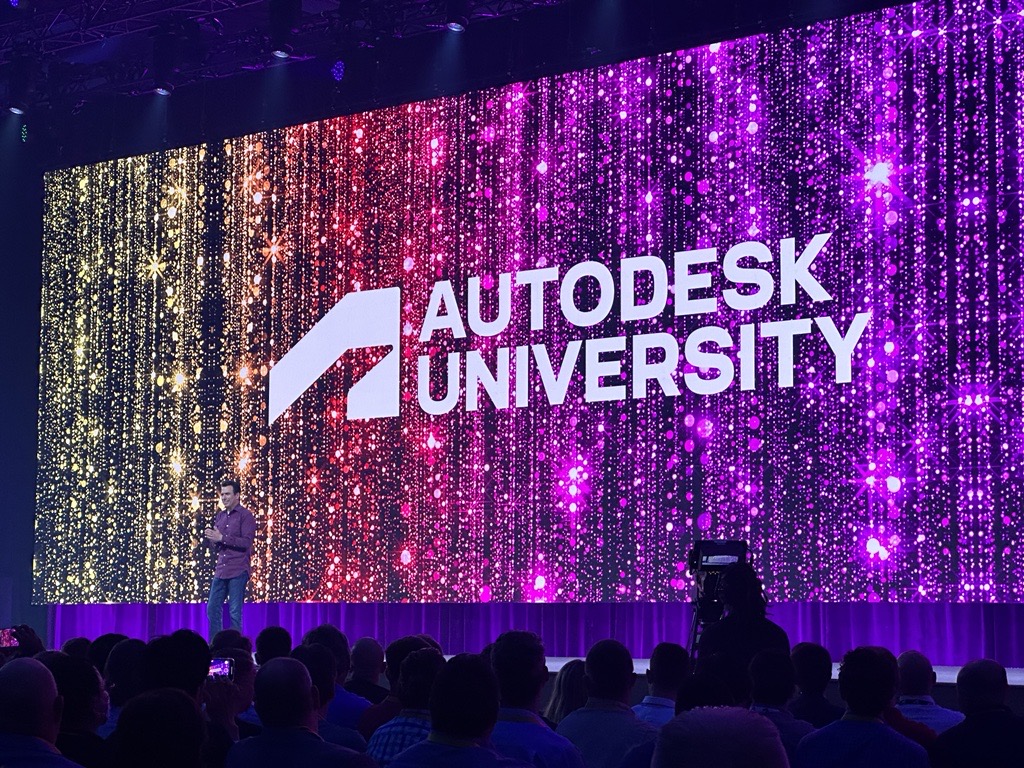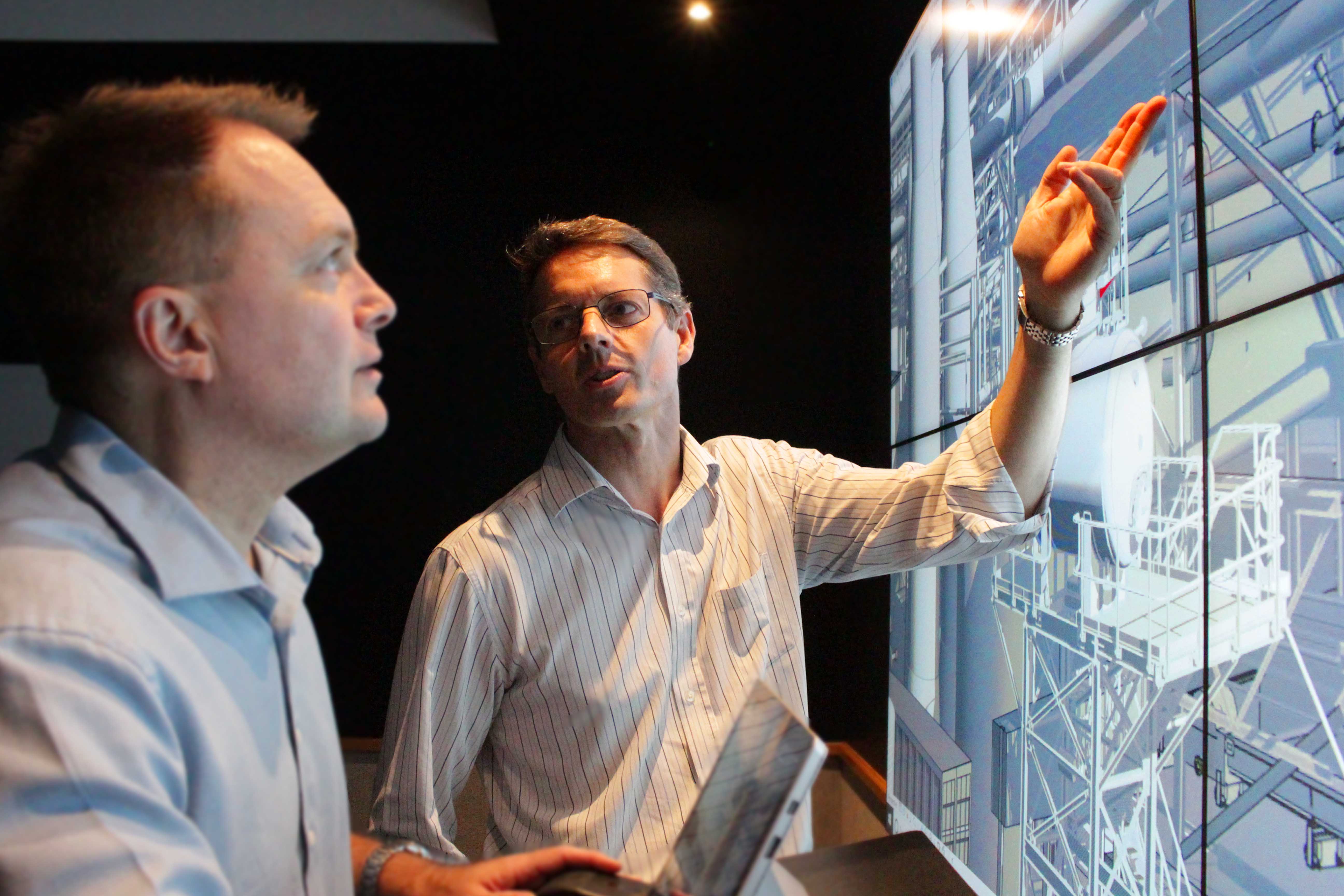We spent the last week of September at Autodesk University, which is a huge conference for makers and designers in New Orleans. It’s attracted almost ten thousands experts in architecture, design, manufacturing, and construction from all around the world – and the topic on everyone’s lips? Sustainability. And specifically: how we can we use technology to slash carbon emissions to mitigate the most damaging effects of climate change (and get to net zero).
Here in Australia, a 2016 study found that the construction industry contributes as much as 18.1% of the national carbon output. Around a third of that is what we call “embodied emissions,” meaning carbon that’s released in the production of materials such as concrete and steel.
But it doesn’t have to be this way. Another study by the Clean Energy Finance Corporation found that embodied emissions can be reduced by 33% simply by rethinking the way we manufacture, design, build and procure our projects.
So how is the construction industry going to not just reduce its emissions, but achieve net zero? We believe that it will happen in three ways.
We’ll use technology to predict the carbon footprint of every project.
One of the reasons we attended Autodesk University is that we’re excited about their potential to help us map, forecast, and lower carbon emissions across all our projects. Autodesk Construction Cloud is an ecosystem that allows us to assemble a virtual version of our projects, with the specs of each component individually tagged and tracked. We’ll be able to integrate specialist platforms that can identify the total carbon impact of a project from the time of estimation. Everything will be measured, from the emissions of the cars driven to work to those released by machinery and construction processes. Even the carbon cost of material wastage is considered.
We can then alter or swap out different materials and components on the model, which allows us to present a range of options to our clients. This empowers everyone to build sustainably from the earliest stage, and make refinements as we go.

Tuesday’s opening ceremony at Autodesk University. The ability for technology to improve environmental outcomes has been a leading topic across the week.
Grants will drive green design.
With the federal government legislating a pledge to slash carbon emissions by 43% by 2030 and achieve net zero by 2050, we can expect to see a proliferation of financial support for sustainable development. Most grants are currently offered at a state level, but all provide a range of incentives for low-carbon design. And this trend is set to grow, which will lower carbon emissions across the industry.
We’ve worked on several projects that have received grant funding thanks to their sustainable design. Part of our offering is to help our clients identify and apply for sustainability grants, which has the two-pronged benefit of lowering a projects’ carbon footprint while subsidising its cost.
For a list of grants, as well as projects we’ve helped secure funding for, check out this link.
Retrofit instead of demolish.
Some developers are moving away from the “demolish and rebuild” approach, and we believe this movement that will gain popularity as more clients look for carbon savings. This is a much more innovative (and architecturally creative) process of gutting an existing building and developing it with modern features and materials. The advantage, of course, is that we can take advantage of already embodied carbon, lowering the overall environmental impact of a building.
Our designers work under the same roof as our engineers and project managers, so we’re well placed to advise on how you can retrofit a pre-existing building, rather than starting again from scratch.
Net zero to hero.
With ambitious targets by both government and industry, now is the time to think about how your facility or upgrade can integrate the latest in green, sustainable practices. To have a conversation about this, or any of the points listed above, contact us.



